- Empty cart.
- Continue Shopping
Murayya Paniculata
Original price was: ₹325.00.₹280.00Current price is: ₹280.00.
Genus : Murraya paniculata
“Introducing the Murraya Paniculata Flower Plant, a perfect addition to your garden. With its beautiful and fragrant blooms, this plant brings a touch of elegance to any outdoor space. Experience the joy of a blooming garden filled with the delightful scent of Murraya Paniculata flowers.”
Murraya paniculata, commonly known as Orange Jasmine or Mock Orange, is a flowering evergreen shrub or small tree that belongs to the Rutaceae family. Native to Southeast Asia, including countries such as China, India, and Malaysia, Murraya paniculata is widely cultivated in tropical and subtropical regions around the world for its beautiful flowers and fragrance.
Description:
- Leaves: Murraya paniculata has glossy, dark green, pinnately compound leaves with an opposite arrangement. Each leaf typically consists of 3-7 leaflets, which are ovate to elliptical in shape, and have a smooth margin. The leaves emit a pleasant citrus scent when crushed.
- Flowers: The flowers of Murraya paniculata are small, white, and fragrant, resembling orange blossoms, which is why it is also known as Orange Jasmine. The flowers are borne in terminal clusters or corymbs, and each flower has five petals and a prominent central pistil with numerous stamens. The flowers are usually in bloom during the warm months of spring and summer.
- Fruits: After flowering, Murraya paniculata produces small, fleshy, orange to red-colored fruits, which are about 1-2 cm in diameter. The fruits contain one or two seeds and are edible but not particularly flavorful.
- Size: Murraya paniculata can grow as a shrub or a small tree, reaching a height of 3-6 meters (10-20 feet) tall, depending on growing conditions and pruning. As a shrub, it tends to be dense and bushy, while as a tree, it develops a more open canopy with a rounded or vase-like shape.
- Growth Habit: Murraya paniculata is a fast-growing plant that can tolerate a wide range of soil types, but it prefers well-drained, slightly acidic to neutral soils. It thrives in full sun to partial shade, and is moderately drought-tolerant once established. It can be propagated from seeds, cuttings, or air layering.
Uses:
- Ornamental: Murraya paniculata is primarily grown as an ornamental plant due to its attractive flowers, glossy leaves, and pleasant fragrance. It is commonly used in tropical and subtropical gardens as a hedge, screen, or accent plant. It can also be trained into a small tree or used as a bonsai specimen.
- Medicinal: In traditional medicine, various parts of Murraya paniculata, including the leaves, flowers, and roots, are used for their medicinal properties. They are believed to have antibacterial, antifungal, antispasmodic, and anti-inflammatory properties, and are used to treat various ailments such as coughs, colds, stomach disorders, and skin conditions.
- Culinary: The fruits of Murraya paniculata are edible but not commonly consumed due to their lack of flavor. However, they are sometimes used in local cuisines as a condiment or flavoring agent.
In conclusion, Murraya paniculata is a popular flowering plant with glossy leaves, fragrant flowers, and small edible fruits. It is commonly grown as an ornamental plant in tropical and subtropical regions, and has traditional medicinal uses as well.


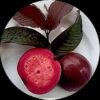

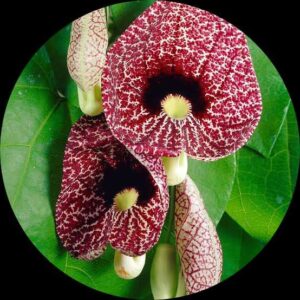
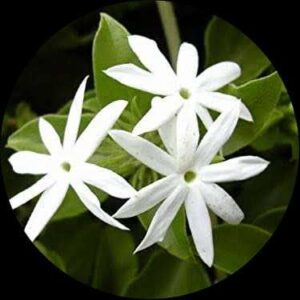
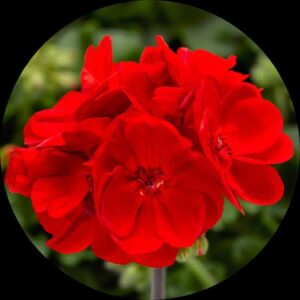
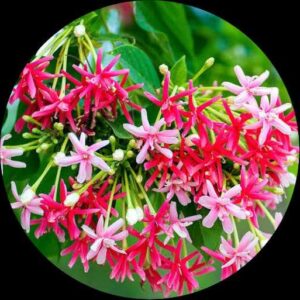
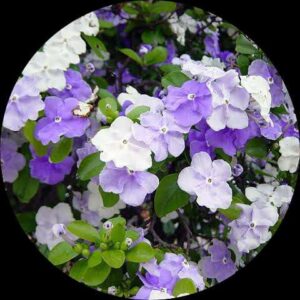
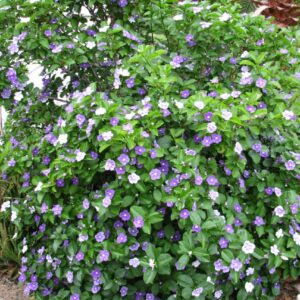
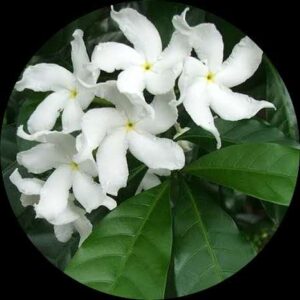


Reviews
There are no reviews yet.